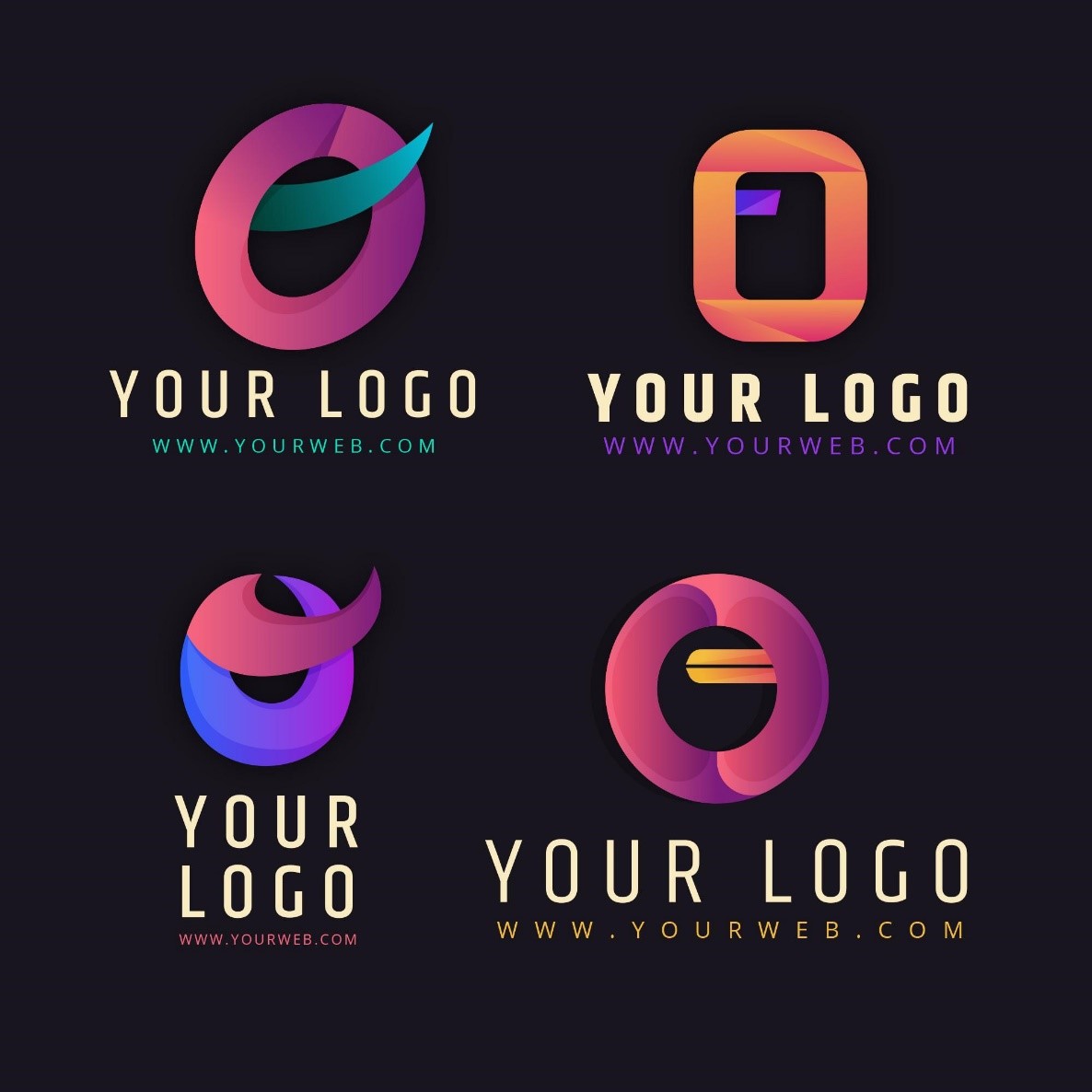
with your project

Your logo serves as the foundation of the identification of your brand in the modern world, where images have a significant impact. It represents your beliefs, your objective, and the commitment you make to your customers; it is more than just a picture. However, some designs wind up being generic and unmemorable in the quest to create a recognizable brand. Fear not! This blog is your guide to steer clear of the overused and generic logo trap and instead, craft logos that are distinctive, impactful, and far from forgettable.
Imagine your brand as a person. What's its personality? What does it believe in? Who does it want to connect with? Before you even design a logo, delve deep into your brand's identity. Understand its core values, its mission, and the emotions it wants to evoke. Your logo should be an embodiment of these elements, forging an instant connection with your target audience.
Knowledge is power, and in logo design, it's the key to originality. Study your competitors' logos. What design elements do they commonly use? What color schemes dominate your industry? This research isn't for imitation; it's for inspiration. Armed with this information, you can ensure your logo stands out amidst a sea of look-alikes.
Imagine trying to memorize a complex painting versus a simple, striking image. Your logo should be the latter. Simplicity is not just elegance; it's also practicality. A cluttered logo can be visually confusing and difficult to reproduce across different platforms. Strive for clean lines, minimalistic shapes, and a design that can be understood in a blink.
Although pre-made layouts and stock icons may be alluring, they won't do your brand credit. Designing a logo from scratch or working with a talented designer will guarantee that it is exclusively yours. It captures your brand's essence as opposed to being a generic image with no meaningful association.
Your logo will adorn business cards, websites, billboards, and merchandise. A great logo should feel at home on all these platforms. Test its adaptability by resizing it and placing it against different backgrounds. If it loses impact or becomes indecipherable, it's back to the drawing board.
Colors aren't just visually pleasing; they're psychological triggers. Blue might evoke trust, red might exude passion, and green might signify nature. Choose colors that resonate with your brand's personality and align with the emotions you want to evoke. But remember, less is more; don't overcrowd your logo with too many shades.
The right font can be as impactful as an image. Your logo's typography should reflect your brand's tone. A playful brand might use a curvy, handwritten font, while a corporate brand might opt for a bold and structured one. The key is consistency and alignment with your brand's message.
Trends are fleeting. Your logo isn't. While trendy elements might seem appealing now, they could date your logo quickly. Instead, focus on timeless elements that will remain relevant even as design trends come and go.
A logo that looks great on a business card might turn into a pixelated mess when blown up on a billboard. Test your logo's scalability to ensure it retains its integrity, legibility, and impact across all sizes.
Don't design in a vacuum. Share your logo with colleagues, friends, or even potential customers. Constructive criticism can highlight blind spots you might have missed, leading to a logo that's refined and polished.
Your logo is a visual ambassador of your brand. It's a symbol that triggers recognition, association, and emotions. By avoiding the common traps of generic design and focusing on understanding your brand, embracing simplicity, prioritizing originality, and ensuring adaptability, you're creating a logo that's both remarkable and memorable. So, embark on the journey of crafting a logo that tells your brand's story, captivates your audience, and sets you apart in a world saturated with visuals. Your distinctive logo awaits – go make an impact!